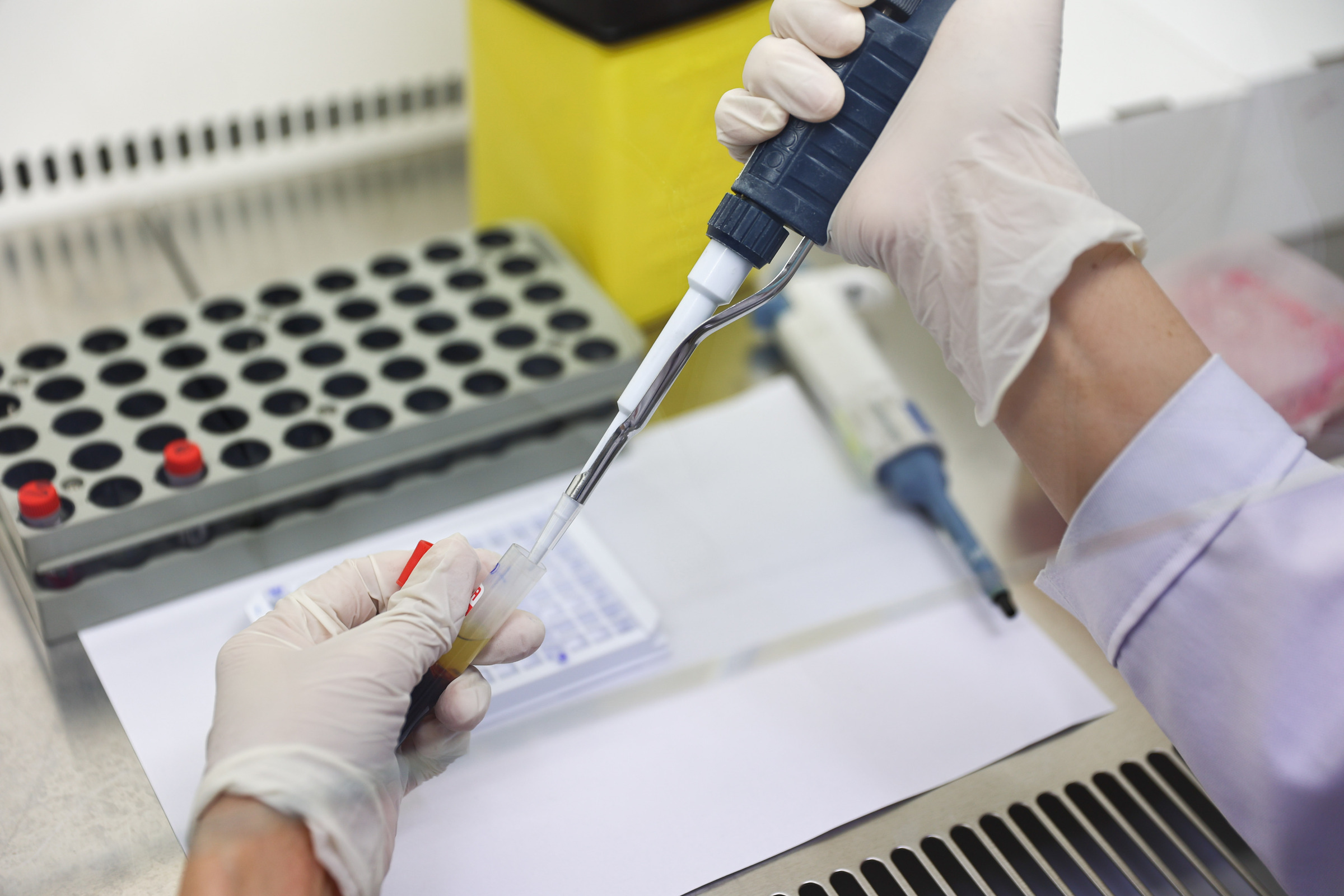"Fluctuating weather, air pollution, and an aging population are causing respiratory diseases, especially pneumonia, to increase," said Associate Professor Cao Huu Nghia, Head of the Biomedical Science Department at the Pasteur Institute Ho Chi Minh City, at a press conference on raising public awareness about pneumococcal disease on 24/8.
Statistics show that the mortality rate from pneumonia in Vietnam is 18.2 per 100,000 people – one of the leading causes of death. The 2019-2020 Health Statistical Yearbook also recorded pneumonia as the disease with the highest incidence and mortality rate nationwide. Globally, pneumococcus causes nearly 98 million infections and over 505,000 deaths each year, with pneumonia being the leading cause.
According to Associate Professor Nghia, pneumonia and other pneumococcal diseases not only affect young children but are also particularly dangerous for the elderly and those with chronic diseases. With a rapidly aging population, environmental pollution, increasing antibiotic resistance, and underlying diseases appearing earlier in life, pneumococcus has become a significant health burden, especially for high-risk groups.
 |
Associate Professor Cao Huu Nghia at the press conference on 24/8. Photo: Quynh Pham |
Associate Professor Cao Huu Nghia at the press conference on 24/8. Photo: Quynh Pham
Associate Professor Le Thi Tuyet Lan, President of the Ho Chi Minh City Asthma - Immunology - Allergy - Clinical Association, said that many people know pneumonia is dangerous but are unaware that pneumococcus is a common cause. The term "pneumococcus" remains unfamiliar to many Vietnamese, highlighting the need to prioritize filling the awareness gap about this bacterial disease. This lack of understanding and limited preventive awareness are among the reasons why the mortality rate from pneumonia remains high.
Pneumococcus spreads through droplets when coughing and sneezing, especially in crowded places. The bacteria reside in the nasopharynx of both healthy children and adults, at a rate of 5-90%. When the immune system is weakened, these bacteria can cause invasive diseases (meningitis, bacteremia, severe pneumonia) and non-invasive diseases (mild pneumonia, sinusitis, otitis media, mastoiditis, orbital cellulitis, rhinitis).
The mortality rate from invasive pneumococcal disease in adults ranges from 15-20%, which can increase to 40% in the elderly. 20-60% of deaths from bacteremia and one in six adult deaths from meningitis are caused by pneumococcus. People over 50 and adults with underlying conditions such as diabetes, cardiovascular disease, and chronic obstructive pulmonary disease are at high risk of serious complications, higher hospitalization and mortality rates, and therefore need to be prioritized for protection.
Antibiotic resistance increases the danger, with 50% of pneumococcal samples resistant to at least one antibiotic. Dr. Le Thi Thu Huong, Head of the Department of Respiratory Medicine and Deputy Head of the Vaccination Unit at Gia Dinh People's Hospital, said pneumonia and other pneumococcal diseases are placing a heavy burden on the health system. High treatment costs increase financial pressure on families and society, contributing to hospital overcrowding.
"The health system is focusing resources on treatment rather than prevention," said Dr. Huong.
 |
Testing for pathogens at the Pasteur Institute Ho Chi Minh City. Photo: Quynh Tran |
Testing for pathogens at the Pasteur Institute Ho Chi Minh City. Photo: Quynh Tran
Experts recommend preventing pneumococcal diseases by: monitoring health regularly, having regular check-ups to detect and manage chronic diseases early; practicing respiratory hygiene, washing hands frequently, wearing a mask when necessary, and avoiding crowds; maintaining a balanced diet rich in vitamins and minerals to boost the body's resistance; quitting smoking and limiting alcohol consumption; keeping the house and surrounding environment clean; and getting vaccinated against pneumococcus, especially for children, the elderly, and those with underlying medical conditions.
Le Phuong












